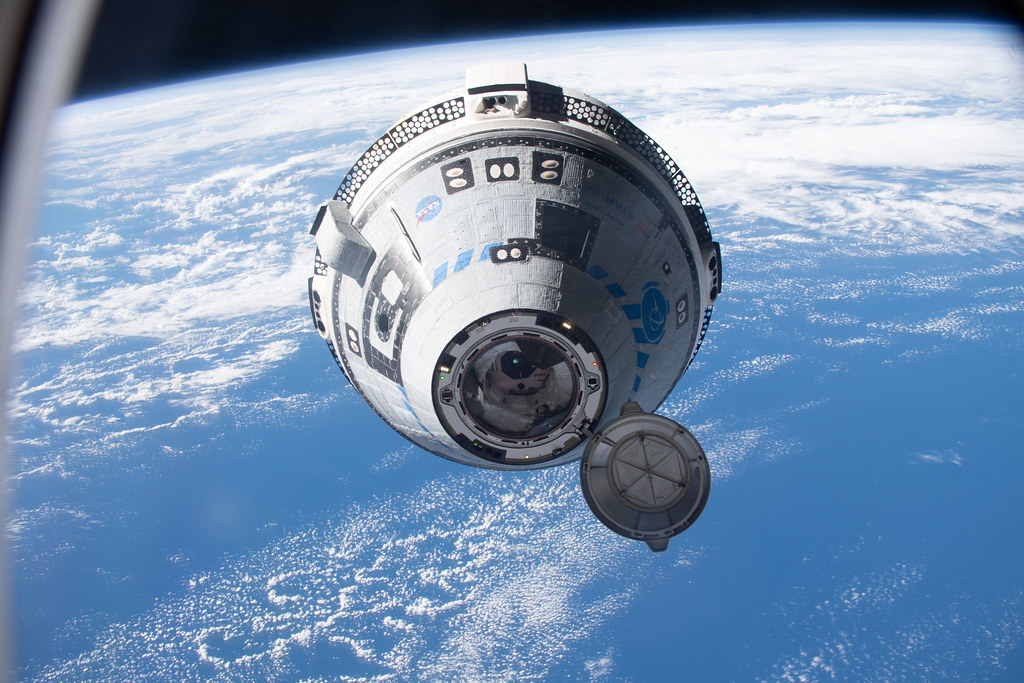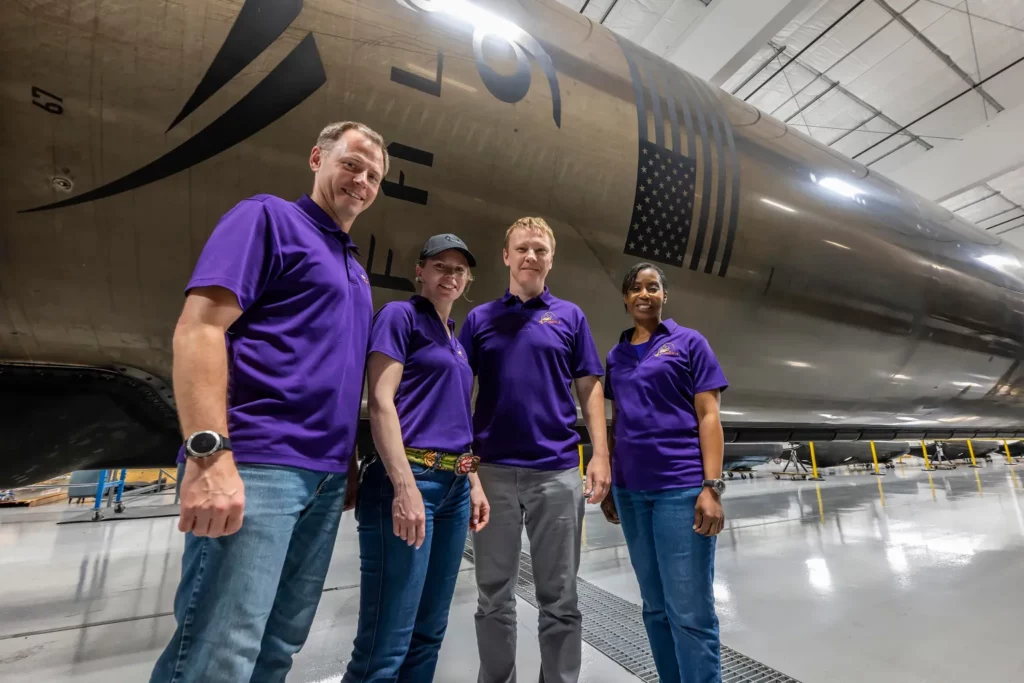
NASA is set to delay the launch of the Crew 9 mission to the International Space Station (ISS) from August 18 to September 24. This decision, announced on Tuesday, August 6, stems from ongoing issues with Boeing’s Starliner spacecraft, which remains docked at the ISS.
Why is the Crew 9 Launch Delayed?
The Crew 9 mission, utilizing SpaceX’s Crew Dragon, will transport NASA astronauts Zena Cardman, Nick Hague, and Stephanie Wilson, alongside Roscosmos cosmonaut Alexander Gorbunov, for a six-month mission on the ISS.
NASA’s decision allows additional time for mission managers to finalize return plans for Starliner, currently involved in the Boeing Crew Flight Test.

Starliner launched its first two astronauts to the ISS in June as a critical test mission required for NASA to certify the spacecraft for routine astronaut flights—a milestone achieved by SpaceX’s Crew Dragon in 2020.
Initially expected to last about eight days, Starliner’s mission has extended significantly due to multiple issues with its propulsion system.
Starliner Thruster Failures
Two months ago, five small thrusters on Starliner failed during launch and ascent to the ISS. Despite extensive ground and in-space tests, NASA has not confirmed if Starliner can safely return its crew, astronauts Butch Wilmore and Suni Williams, to Earth. A planned Flight Readiness Review was postponed last week due to internal disagreements at NASA over Starliner’s safety.
The core issue involves the performance of the Starliner’s small reaction control system thrusters. These thrusters are essential for maneuvering the spacecraft away from the ISS and are also critical for the de-orbit burn and re-entry into Earth’s atmosphere.
If the right combination of thrusters fails before Starliner is sufficiently far from the station, it could become uncontrollable and risk colliding with the ISS.
Software Issues Add to Delay
Adding to the complexity, Starliner’s current flight software cannot perform an automated undocking from the ISS and subsequent re-entry into Earth’s atmosphere. This capability was previously demonstrated during Boeing’s Orbital Flight Test 2 mission in May 2022, but the current software on Starliner lacks this function. Sources indicate the software update process is “non-trivial” and “significant,” potentially taking up to four weeks to complete.
This delay in updating the software is partly why NASA is considering moving the Crew 9 launch date. Steve Stich, NASA’s Commercial Crew Program Manager, alluded to these issues during a press availability on July 25, emphasizing the importance of Starliner completing its mission with crew aboard, highlighting that Starliner was designed with crew involvement in mind.
Docking Port Concerns
The ISS has two docking ports for crew vehicles, currently occupied by Crew Dragon and Starliner. Ensuring the undocking software works correctly is critical to avoid rendering one of these ports unusable. This consideration adds another layer of complexity to the situation, as NASA balances the risks associated with the thruster issues and the software update.
Boeing has been actively lobbying NASA to allow Starliner to return with crew, despite the unresolved thruster issues. Boeing believes it has provided enough data to support the safety of the thrusters and has been advocating for NASA to accept this “flight rationale.” In a public statement, Boeing expressed confidence in Starliner’s safety and ongoing efforts to meet NASA’s testing and review requirements.
NASA’s decision on how to proceed will prioritize crew safety, considering all risks involved with Starliner’s return and the upcoming Crew 9 mission.
Meanwhile, the mission delays have cost Boeing $125 million, raising the company’s total loss on the program to $1.6 billion since 2016.
Featured Image courtesy of Flickr
Follow us for more recent updates on Starliner mission.
